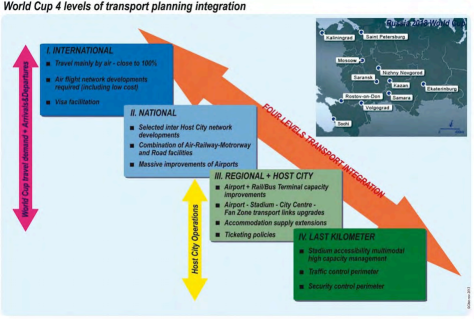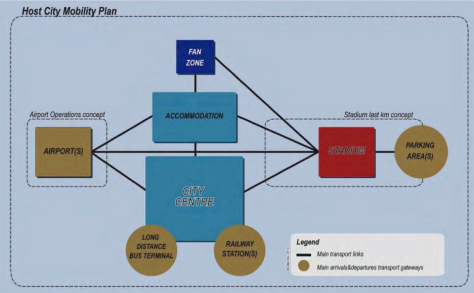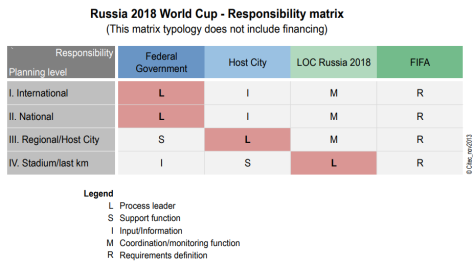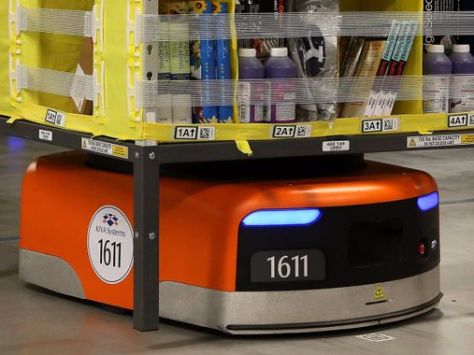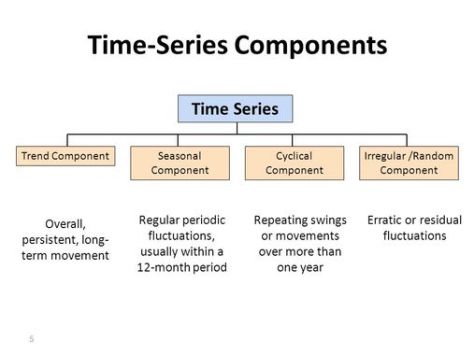
E-commerce is one of the major business that have been developed over the years, in parallel with retail. Nowadays, we don’t care anymore about if we are going to miss any food, drink, shampoo or even toothpaste : we just need to order it or to go to our nearest shopping store.
We’ve learned that products are being shipped on pallets at Mercadona, and that for example milk is being sold in cartonboard bottles. Hence, when I go shopping for my milk, I don’t just buy milk : I buy a bottle + the milk inside. That’s right, when I leave Mercadona, I’m also the owner of a bottle of milk.
But if you like old American movies you remember the milk salesman, bringing the milk into glass bottles and then getting the old ones back. So what happened to our recycling mood ? Why did we change to this amount of packaging, that 1 out of 4 times finish in our oceans ?
Let’s get back 70 years ago, with the development of single use packaging. It won over reuse bottles and packages because it was more affordable and convenient for the customer. Product became cheaper, and it was easier to use. The consumer only saw the advantages of it, and without any knowledges, it’s completely understandable !
So, how can we compete with this convenience and this low price?
Tom Szaky presents the concept of Loop, that is going to start in Spring 2019 in France and USA
Here is the challenge tackled by Loop : a division of Terracycle, mainly owned by Terracycle but also other strategic partners such as P&G and Suez. Loop is a new project of e-commerce platform that will allow their customers to buy the products they usually get in a supermarket, in a zero-waste policy.
The customer order online their product, and they receive them into reusable (and not recyclable!!) packages, themselves contained into totes. Those totes are then used as a « reusable bin » : the consumer put the empty package in the tote. When it’s full, the consumer contacts Loop and the company comes directly to the consumer’s home, and collect the tote full of empty packages.

A client receiving his Loop totes, full of reusable products
What’s the interest for Food Retailers ?
First, this would drastically reduce the use of plastic packages ; the company would own the package, not the consumer. And this will allow them to produce long-term packaging, and minimize the price of it. They would be able to distribute their product in a more sustainable way, and be able to manage from the creation to the end-life their packages. Indeed, for the moment the consumer is responsible for the package, and a bad behavior would, at the end, have repercussion on the brand’s reputation.
Conclusion
The development of packaging was an evidence for the increasing of supermarkets and then, the e-commerce. However, the studies about our impact on oceans and the environnement is clear : we need to find alternatives to single-use packages, and make them reusable instead of recyclable. Another challenge for food retailer, but that definitely have an impact on our future world.


